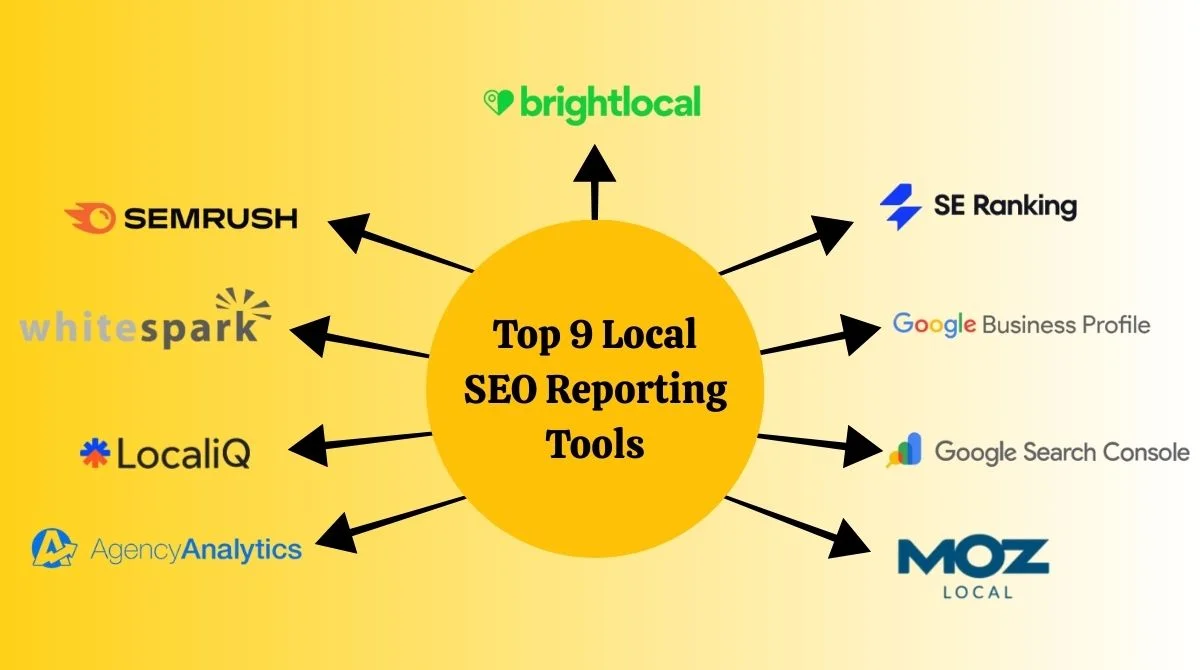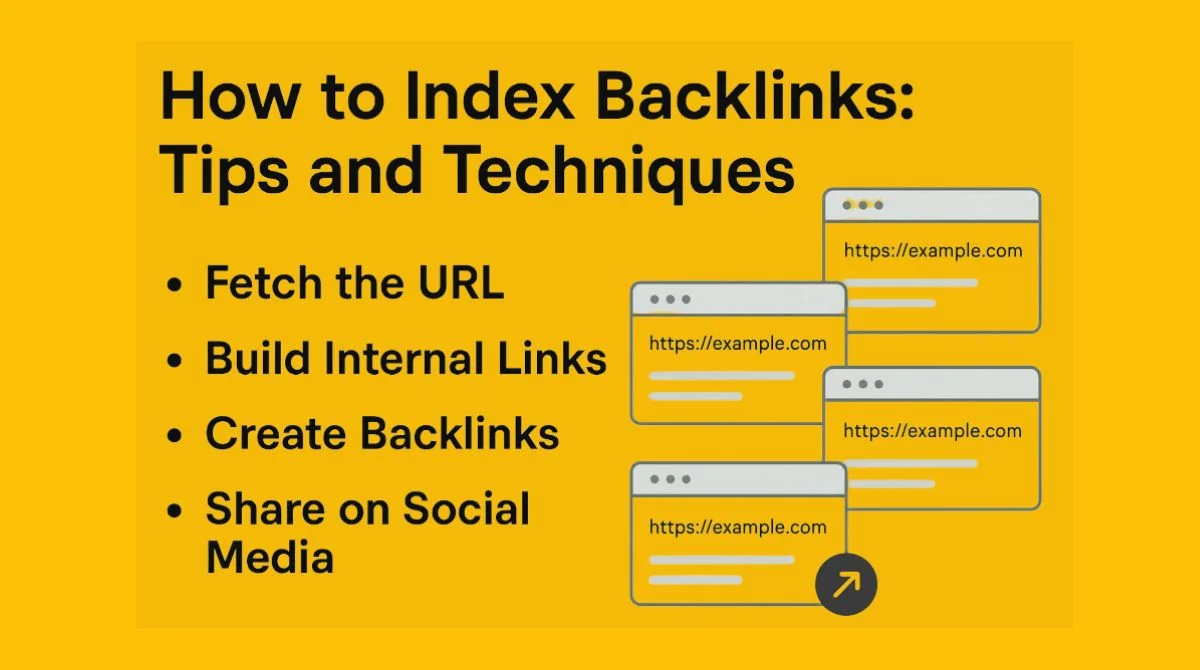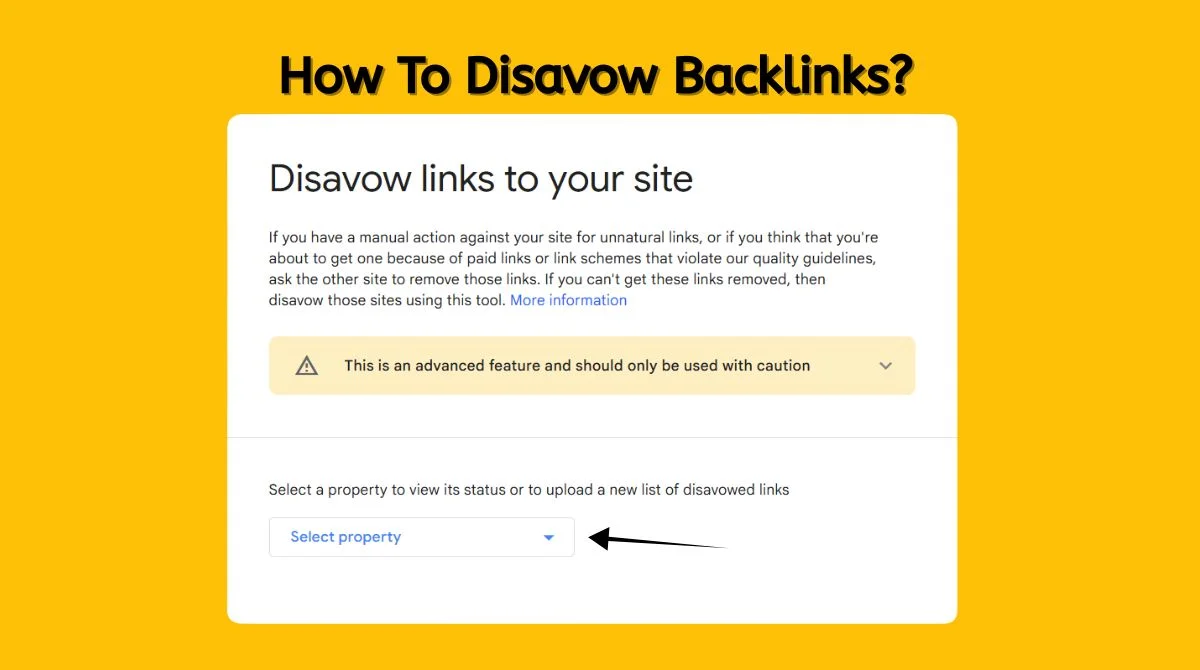- What is a Carousel Post?
- Why Carousel Posts Work Better than Single Posts?
- Elements That Make a Carousel Post Effective
- Types of Carousel Posts That Drive Engagement
- How Carousel Posts Increase Engagement Metrics?
- Best Practices to Follow for Carousel Posts
- Carousel Posts on Different Platforms
- Mistakes to Avoid in Carousel Posts
- Conclusion
In today’s fast-paced digital world, single posts get lost and videos feel too long. Carousel posts stand out by letting creators share stories, tips, or products in an engaging, swipeable format.
What is a Carousel Post?
A carousel post is a type of social media content that allows you to share multiple images, videos, or slides within a single post. Viewers can scroll or tap through each slide individually, making the experience more engaging than a single image or video post.
Carousel posts are widely shared on platforms such as Instagram, LinkedIn, and Facebook. They’re effective because they:
- Grab attention with a series of visuals instead of just one.
- Tell a story or explain information step by step.
- Showcase multiple products, features, or tips in one post.
- Motivate your audience to interact with your content for longer periods.
In simple words, a carousel post is like a mini-slideshow on social media that keeps your audience curious and engaged.
Why Carousel Posts Work Better than Single Posts?
Carousel posts stand out because they encourage users to spend more time interacting with your content. Unlike static images, which can be scrolled past in seconds, carousels invite curiosity. Users want to see what’s on the next slide, making them naturally more engaging. When people spend longer on your post, social platforms see it as high-quality content and often push it to a wider audience.
Some reasons why carousel posts work better include:
- They hold attention longer with multiple slides.
- They deliver more value by sharing tips, guides, or stories.
- They increase curiosity as users swipe for more.
- They boost reach and visibility due to higher interaction signals.
Elements That Make a Carousel Post Effective
Creating a carousel doesn’t guarantee success. It’s important to design it thoughtfully to maximize engagement. Here are the elements that make a carousel effective:
1. A Strong First Slide
Your first slide is like a headline. If it doesn’t catch attention, people won’t swipe. Use bold colors, clear fonts, and short, striking text. For example, instead of writing “Tips for Social Media Growth”, you can make it sharper like “5 Hacks to Double Your Followers.”
2. A Clear Story Flow
A good carousel is not random; it tells a story or follows a sequence. Think of it like a mini-book. Each slide should connect to the next one. Start with an attention-grabbing hook, build interest with supporting slides, and finish with a strong conclusion or call to action.
3. Easy-to-Read Text
Keep text short and simple. No one wants to read long paragraphs while swiping. Use bullet points, keywords, or bold phrases so your main message stands out. Simple daily language works best because everyone can understand it.
4. Visual Consistency
Carousels must look professional. Use a consistent color theme, font style, and design layout. This makes your brand recognizable and creates a smooth user experience. Luttered or unorganized designs can cause viewers to lose interest.
5. Value-Packed Content
People swipe when they feel they are learning something or getting value. Share quick tips, educational insights, product benefits, or relatable stories. Always ask yourself: What will the audience take away from this carousel?
6. A Call to Action (CTA)
An effective carousel always ends with a strong CTA. It can be as simple as “Save this post for later,” “Comment your thoughts,” or “Check the link in bio.” Without a CTA, you miss the chance to guide engagement.
Types of Carousel Posts That Drive Engagement
Not every carousel will perform equally. Some formats naturally work better because they match audience behavior. Here are proven carousel types that boost engagement:
- Educational Carousels: Teach step-by-step guides, tips, or tutorials. Example: “7 Ways to Improve SEO.”
- Storytelling Carousels: Share a personal journey, brand story, or customer success story.
- Before-and-After Carousels: Show transformations or comparisons. Example: design upgrades or fitness results.
- Product Highlight Carousels: Showcase multiple products or features in one post.
- Listicle Carousels: Break down information into lists, like “Top 5 Marketing Tools.”
- Myth vs Fact Carousels: Clear misconceptions in your industry.
How Carousel Posts Increase Engagement Metrics?
When done right, carousel posts don’t just look attractive; they improve key engagement metrics that matter for growth. Here’s how:
- Higher Swipe Rate: Multiple slides make people spend more time on your post.
- More Saves and Shares: Informative carousels often get saved for later or shared with friends.
- Increased Comments: Ending with a question or CTA drives conversations.
- Improved Reach: The algorithm favors posts with longer user interaction.
Best Practices to Follow for Carousel Posts
To ensure your carousels perform well, here are some practical tips you should always keep in mind:
- Start with a bold, eye-catching first slide.
- Keep each slide simple with one main idea.
- Use clear fonts and high-contrast colors.
- Keep your carousel between 5–10 slides, as too many can overwhelm viewers.
- Add branding elements like your logo or brand colors.
- Write a compelling caption to support your carousel.
- Use relevant hashtags for better discoverability.
- Always include a CTA at the end.
Carousel Posts on Different Platforms

Different social media platforms have their own style of carousels. Knowing how to adapt can make your posts more effective:
- Instagram: Perfect for visual storytelling, tips, and guides. Square and vertical carousels work best.
- LinkedIn: Great for professional insights, industry data, and career tips. Keep designs clean and text-focused.
- Facebook: Works best for product showcases and promotional content.
- Pinterest: Carousel pins are effective for tutorials and DIY ideas. Pinterest users often save these carousels for later reference.
Mistakes to Avoid in Carousel Posts
Just as there are best practices, there are also common mistakes that reduce carousel performance:
- Using too much text on slides makes them hard to read.
- Creating confusing designs without a clear flow.
- Posting without a strategy or purpose.
- Forgetting to add a CTA.
- Overloading slides with low-quality images.
Avoiding these mistakes will help your content stay engaging and professional.
Conclusion
Carousel posts are an effective way to boost engagement by combining visuals, storytelling, and interactivity. With a strong first slide, clear flow, simple text, and consistent design, they can capture attention and perform well. The key to success is providing value. When people learn, feel inspired, or discover something useful, they engage, save, and share. With the right strategy, carousels can drive strong brand growth on social media.













